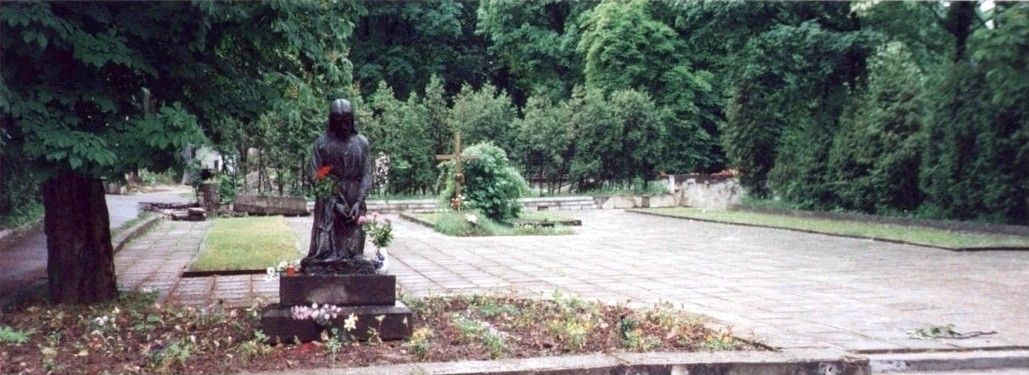About
With its abundance of masterpiece monuments, this expansive necropolis basically doubles as an open-air fine art museum. Lifelike statues chiseled with painstaking detail stand by some of the plots like stone guards. Sculptures of angels draped in delicate, flowing robes adorn some graves, while well-muscled men top others.
Opened in 1786, the sprawling cemetery is older than famous graveyards like the Père Lachaise Cemetery in Paris and and London’s Highgate Cemetery. It was originally reserved as the final resting place for Lviv’s upper class residents.
The bones of many of the city’s wealthy politicians, scientists, and artists lie within the soil. There, you’ll find the plots of famous Ukrainian figures like poet, journalist, and activist Ivan Franko; composer Stanislaw Liudkevych; and opera singer Solomiya Krushelnytska. Because the graveyard catered to a wealthy crowd, the older parts of it resemble a grand sculpture garden or open-air museum.
The cemetery once held even more masterpiece sculptures than it does today. But unfortunately, many were destroyed when the city was annexed by the Soviet Union after World War II. This saw a great number of the city’s pre-war Polish residents expelled and almost 2,000 of the graveyard’s historical monuments and sculptures destroyed. Thankfully, much of the destruction stopped after the cemetery was declared a historical monument in 1975.
There are other more modest graves speckled around the grounds, too. A lot of these simpler plots date back to the days when the city was under the control of the Soviet Union. The cemetery also contains sobering war memorials.
Related Tags
Know Before You Go
Tram №7 goes to the cemetery from the center of the town. Guided tours are available. Working hours: 9 a.m. to 5 p.m.
Community Contributors
Added By
Published
March 27, 2018









































































